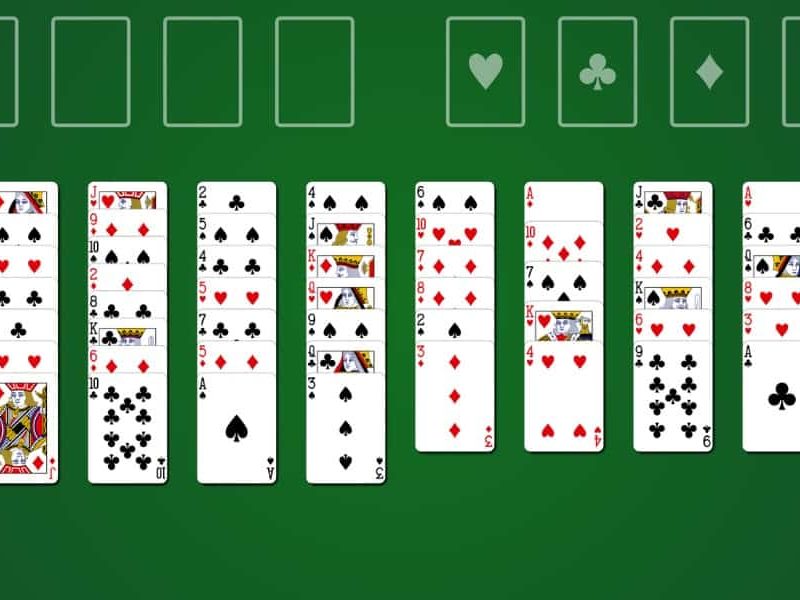When it comes to evidence-based mental health treatments, two approaches often come up in conversation: Dialectical Behaviour Therapy vs CBT (Cognitive Behavioral Therapy). While they share some foundational principles, they are distinct in their focus, structure, and effectiveness for specific types of emotional and behavioural challenges.
If you’re a mental health professional, client, or caregiver trying to understand which therapy might be the best fit, this article breaks down the key similarities and differences between DBT and CBT.
What Is CBT?
Cognitive Behavioral Therapy is a structured, short-term, goal-oriented form of psychotherapy. It’s based on the idea that our thoughts, feelings, and behaviors are interconnected, and by changing negative thought patterns, we can change how we feel and act.
CBT Is Commonly Used to Treat:
- Depression
- Anxiety disorders
- PTSD
- Phobias
- OCD
- Insomnia
Core CBT Techniques:
- Cognitive restructuring (identifying and challenging distorted thoughts)
- Behavioral activation (engaging in positive activities)
- Exposure therapy (for anxiety and phobias)
- Thought records and journaling
- Goal setting and problem-solving
CBT tends to be highly structured, with a clear beginning, middle, and end—often within 6–20 sessions.
What Is DBT?
Dialectical Behaviour Therapy examples are a specialized form of CBT developed by Dr. Marsha Linehan, originally designed for individuals with borderline personality disorder (BPD) and chronic emotion dysregulation. The word dialectical refers to the integration of opposites—especially the balance between acceptance and change.
DBT Is Especially Effective For:
- Borderline personality disorder (BPD)
- Chronic suicidal ideation or self-harm
- Emotion regulation difficulties
- PTSD
- Eating disorders
- Substance use disorders
DBT Combines:
- Cognitive-behavioural techniques (like thought restructuring)
- Mindfulness practices from Eastern philosophies
- Emotion regulation and distress tolerance skills
- Structured group and individual components
Unlike standard CBT, DBT often includes:
- Weekly individual therapy
- Weekly group skills training
- Phone coaching for in-the-moment support
- Consultation teams for therapists
Key Differences Between DBT and CBT
| Feature | CBT | DBT |
| Primary Focus | Challenging distorted thinking and changing behaviour | Balancing acceptance and change while managing intense emotions |
| Structure | Usually individual therapy, shorter duration | Multi-component: individual, group, coaching, and team support |
| Mindfulness Integration | Optional or minimal | Central to all skills modules |
| Best For | Depression, anxiety, OCD, phobias | BPD, suicidality, emotional dysregulation, complex trauma |
| Therapist Role | Collaborative, focused on problem-solving | Collaborative, validating, often more emotionally engaged |
| Emphasis on Emotion Regulation | Secondary focus | Core component |
Similarities Between CBT and DBT
Despite their differences, CBT and DBT share several foundational ideas:
- Both are evidence-based and widely studied
- Both focus on the connection between thoughts, emotions, and behaviors
- Both use homework assignments and skill practice
- Both aim to promote long-term behaviour change and improve daily functioning
Which Therapy Is Right for You or Your Clients?
- Choose CBT if the goal is to challenge unhelpful thought patterns, overcome anxiety or depression, or address specific phobias or habits in a structured and shorter-term way.
- Choose DBT if the issues involve emotional intensity, chronic relationship struggles, self-harming behaviors, or feeling overwhelmed by distress.
If you’re a clinician, having training in both modalities can expand your ability to tailor treatment to your clients’ needs.
Both CBT and DBT are powerful, effective forms of therapy that can help individuals lead more balanced and fulfilling lives. The key is understanding the unique strengths and applications of each—and knowing when to use them.
Whether you’re seeking therapy or expanding your clinical skillset, learning the difference between CBT and DBT can be the first step toward more effective mental health care.




